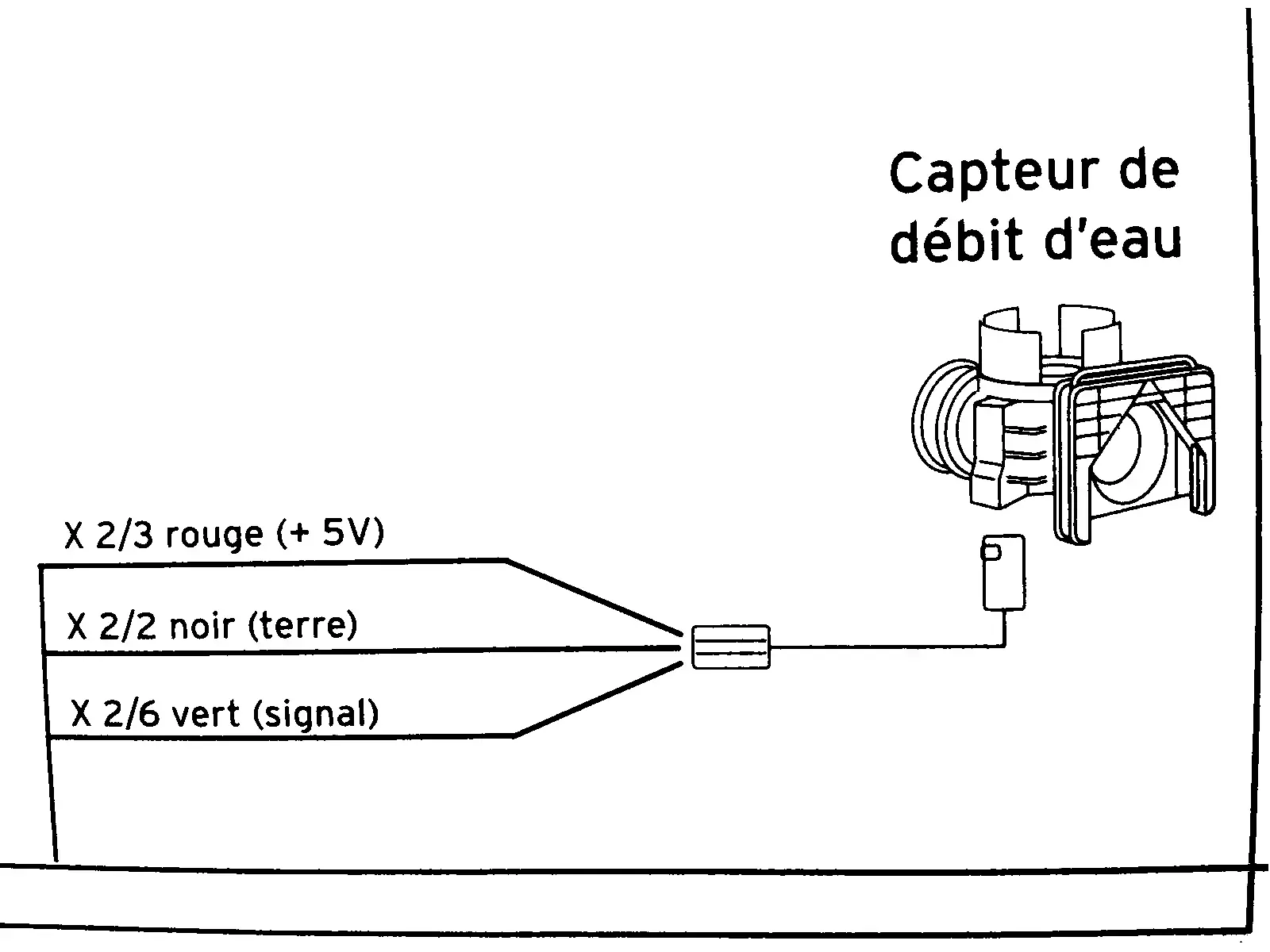Lately I’m running into more and more situations where I am forced to patronize a private company in the course of doing a transaction with my government. For example, a government office stops accepting cash payment for something (e.g. a public parking permit). Residents cannot pay for the permit unless they enter the marketplace and do business with a private bank. From there, the bank might force you to have a mobile phone (yes, this is common in Europe for example).
Example 2:
Some gov offices require the general public to call them or email them because they no longer have an open office that can be visited in person. Of course calling means subscribing to phone service (payphones no longer exist). To send an email, I can theoretically connect a laptop to a library network and use my own mail server to send it, but most gov offices block email that comes from IP that Google/SpamHaus/whoever does not approve, thus forcing you to subscribe to a private sector service in order to do a public transaction. At the same time, snail-mail is increasingly under threat & fax is already ½ dead.
Example 3:
A public university in Denmark refuses access to some parts of the school’s information systems unless you provide a GSM number so they can do a 2FA SMS. If a student opposes connecting to GSM networks due to the huge attack surface and privacy risks, they are simply excluded from systems with that limitation & their right to a public education is hindered. The school library e-books are being bogarted by Cloudflare’s walled garden, where a private company restricts access to the books based on factors like your IP address & browser.
Example 4:
Twitter decides who may microblog to their public representatives.
So where are my people?
So, I’m bothered by this because most private companies demonstrate untrustworthyness & incompetence. I think I should be able to disconnect and access all public services with minimal reliance on the private sector. IMO the lack of that option is injustice. There is an immeasurably huge amount of garbage tech on the web subjecting people to CAPTCHAs, intrusive ads, dysfunctional javascript, dark patterns, etc. Society has proven inability to counter that and it will keep getting worse. I think the ONLY real fix is to have a right to be offline. The power to say:
*“the gov wants to push this broken reCAPTCHA that forces me to feed a surveillance capitalist
no thanks. Give me an offline private-sector-free way to do this transaction”*
There is substantial chatter in the #fedi about all the shit tech being pushed on us & countless little tricks and hacks to try to sidestep it. But there is almost no chatter about the real high-level solution which would encompass two rights:
- a right to be free from the private sector marketplace; and
- the right to be offline
Of course there could only be very recent philosophers who would think of the right to be offline. But I wonder if any philosophers in history have published anything influential as far as the right to not be forced into the private sector marketplace. By that, I don’t mean anti-capitalism (of course that’s well covered).. but I mean given the premise is that you’re trapped inside a capitalist system, there would likely be bodies of philosophy aligned with rights/powers to boycott.
(update)
The famous Leary quote “Turn on, tune in, drop out” seems to be kind of consistent in an abstract way. Not necessarily as far as the ideology but in inspiring action.

The metadata in the headers can be avoided using Memoryhole and similar protocols which embed the headers inside the encrypted payload. The problem is again barrier to entry. Low-tech users generally can’t even handle app installs on desktops.
When you say “worry”, that’s not the right word for it. My boycott against Google is not fear-driven. I will not feed Google anything it can profit from as an ethical stance. Even if an expert linux tor user were on Google, I’m not sure we could exchange email in a way that ensures Google gets no profitable data. If we use PGP coupled with Memoryhole to strip out the headers, I’m not sure Google would accept a msg with a missing or bogus From: header. But if so, Google still possibly learns the user’s timezone. Though that may be useless if Google learns nothing else about that user. But we’re talking obscure corner cases at this point. Such an expert user would have no Google dependency anyway.
MS/google-dependent friends are generally extremely low-tech. They don’t know the difference between Firefox and the Internet. They don’t know the difference between Wi-Fi and Internet. Linux -- what’s linux? They would say. At best, they just think of it as a mysterious nerd tool to be avoided. So what can I do wholly on my end to reach them via gmail without Google getting a shred of profitable data? Nothing really. So I just don’t connect directly with a large segment of friends and family. Some of them are probably no longer reachable. Some are in touch with people who connect to me via XMPP, so sometimes info/msgs get proxied through the few XMPP users. It’s still a shitshow because Google still gets fed through that proxied inner circle of friends and family. In the past when someone needed to reach me directly, they would create a Hushmail or Protonmail mail account for that temporary purpose (like coordinating a trip somewhere). But that option is mostly dead.
I just had to reach out to plumbers for quotes. All of them are gmail-served. All I could do is refuse to share my email address and push them to use analog mechanisms. They are not hungry enough for business to alter their online workflow or create protonmail accounts.